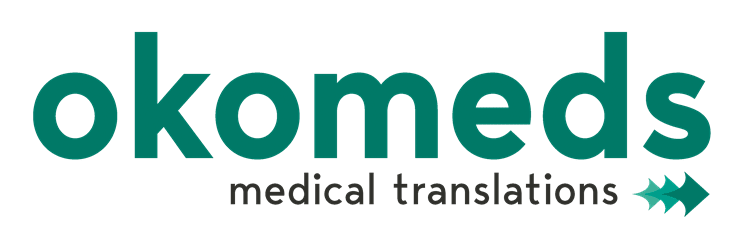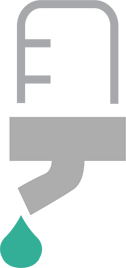The veterinary work of the translator
And what does a veterinary translator actually do? You are probably asking yourself this question, since you thought that a medical translator was the one who dealt with this field of activity.
Well, the work of veterinary translation is limited to the prevention, diagnosis and treatment of animal diseases. It may happen that the veterinarian needs to translate clinical reports on animals or research being carried out in other countries, so he or she needs an expert hand to transfer the studies of foreign researchers into another language.
Apart from that, the veterinary translator also deals with the inspection and sanitary control of food and the prevention of zoonosis.
The exponential growth of veterinary medicine in recent years thanks to technical and technological advances has made the multilingual translation of numerous specialised documents necessary, especially in the agro-industrial and livestock sectors and in the field of health control.
Veterinary translation for all types of animals
Veterinary translation focuses on all types of animals, whether domestic, wild, experimental or production animals.
Among the functions of these medical translators specialised in veterinary medicine are diagnosis, medicine, animal nutrition and equipment and genetics.
Types of veterinary translation
- Veterinary translation of sanitary programmes to ensure food safety.
- Translations of health policy, risk analysis and livestock identification documentation
- Translations of documentation for the typing and marketing of animal products
- Translations of certificates for the procurement of livestock and agri-food products intended for human or animal consumption
- Veterinary translation specialising in translations of veterinary contracts and economic reports for local markets.
The professionals must translate communication material and technical documentation for analysers and diagnostic tests for pets and production animals. They are also responsible for transposing communication material and technical documentation, i.e. drug and vaccine registrations for pets, horses, ruminants, pigs, poultry and aquaculture into another language.
On the other hand, the veterinary translator is also in charge of translating the nutritional elements that animals need, such as feed and complete and complementary feed, correctors and premixes, additives.
At the genetic level, veterinary translators are also involved in genetic improvement and selection, artificial insemination technology, milking systems, automatic systems for hatcheries, agricultural equipment (feeders, drinkers), machinery (mixers) and environmental management.
In short, in veterinary medicine, the translator carries out comprehensive management of the language of any research and management that the veterinarian or specialist needs to carry out.


